Sisimiut 2020
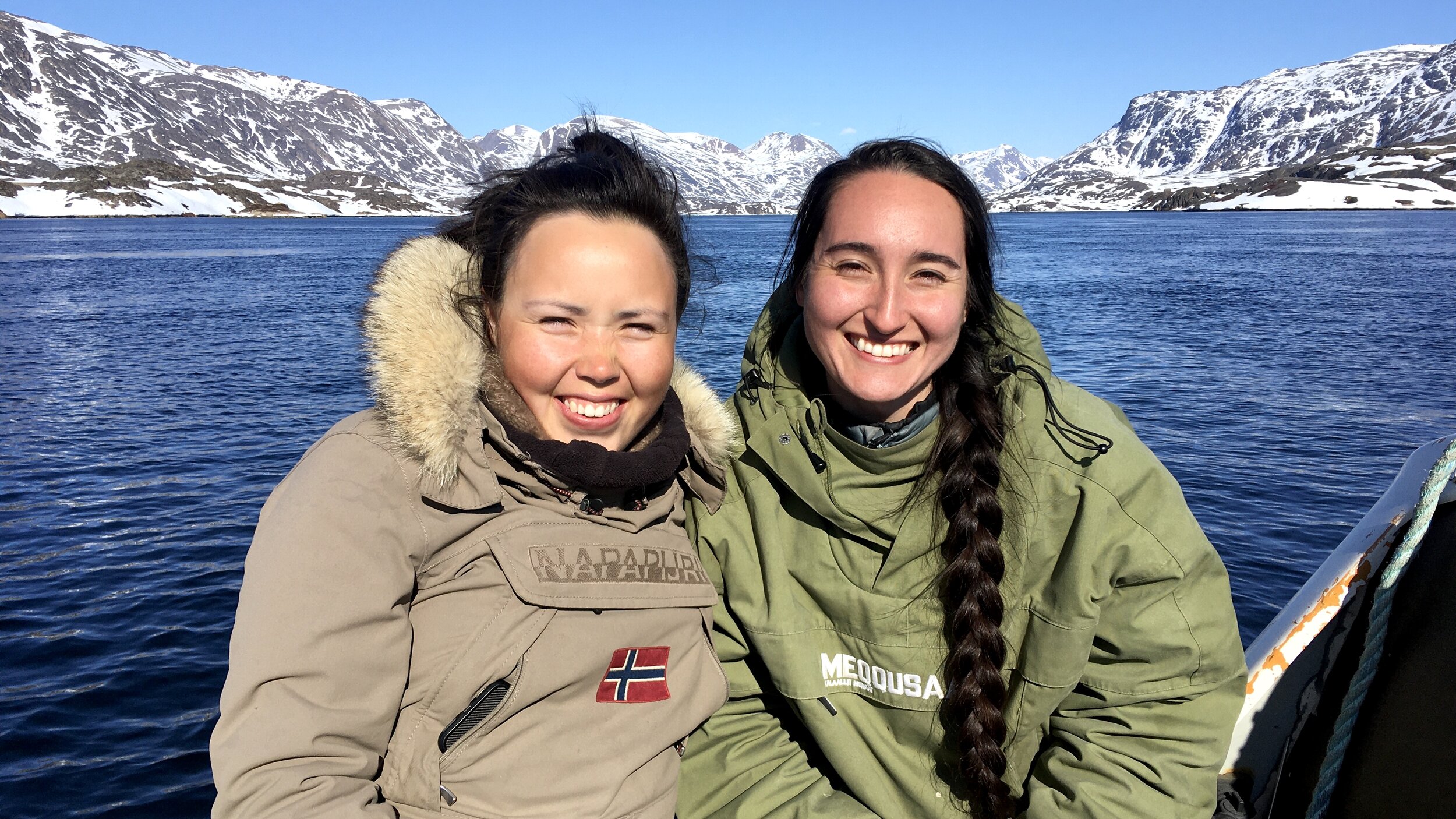
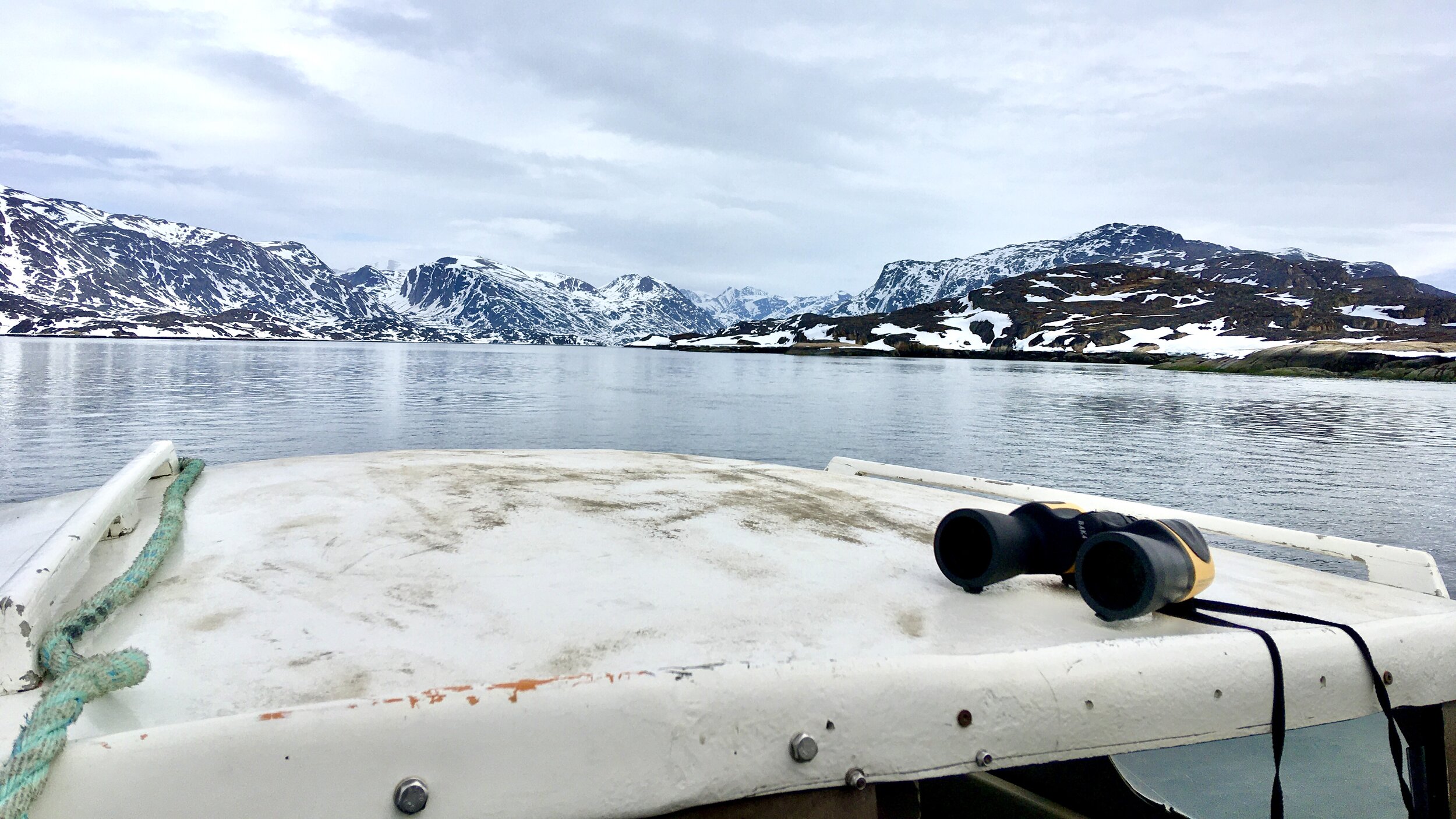
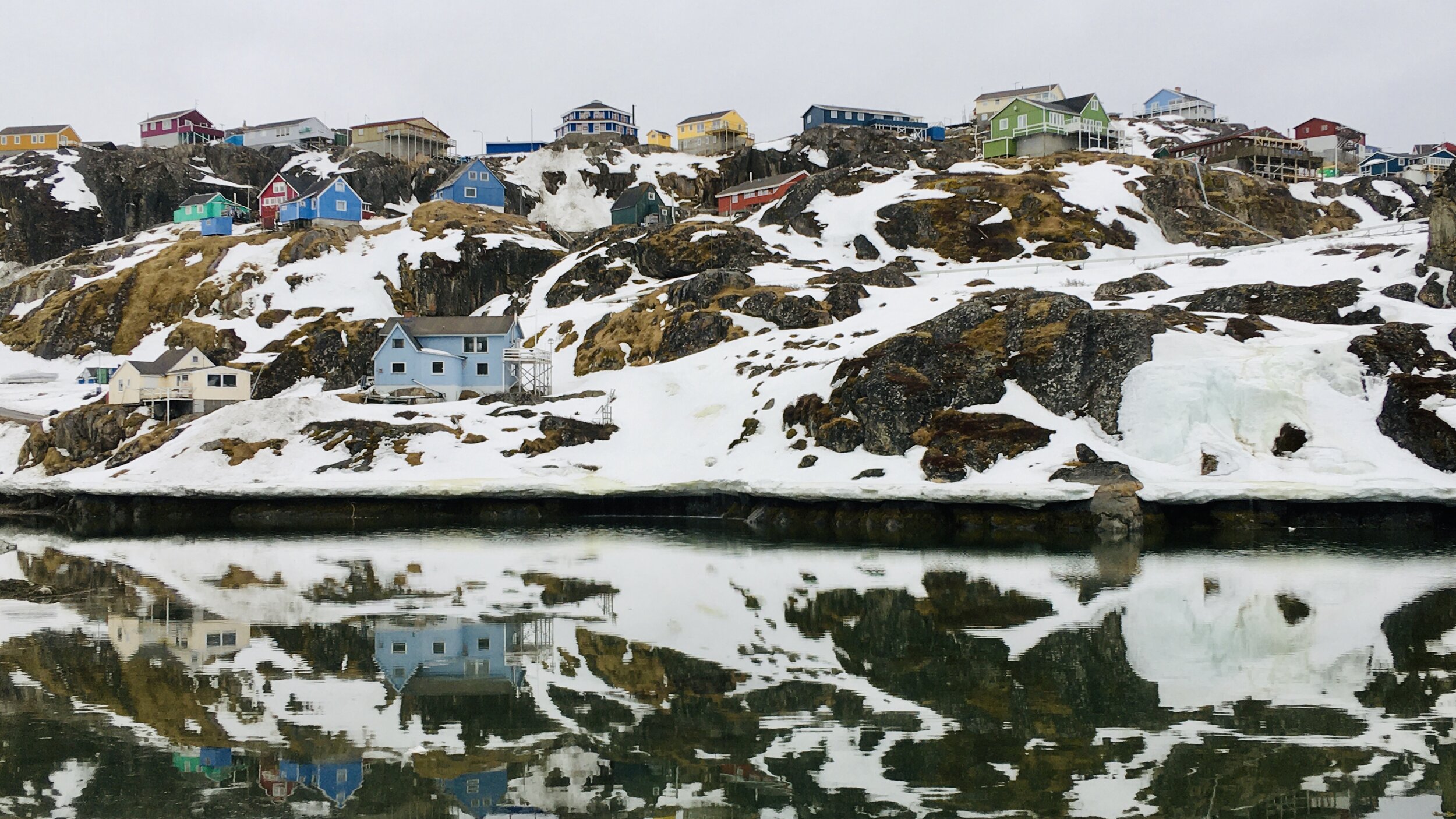
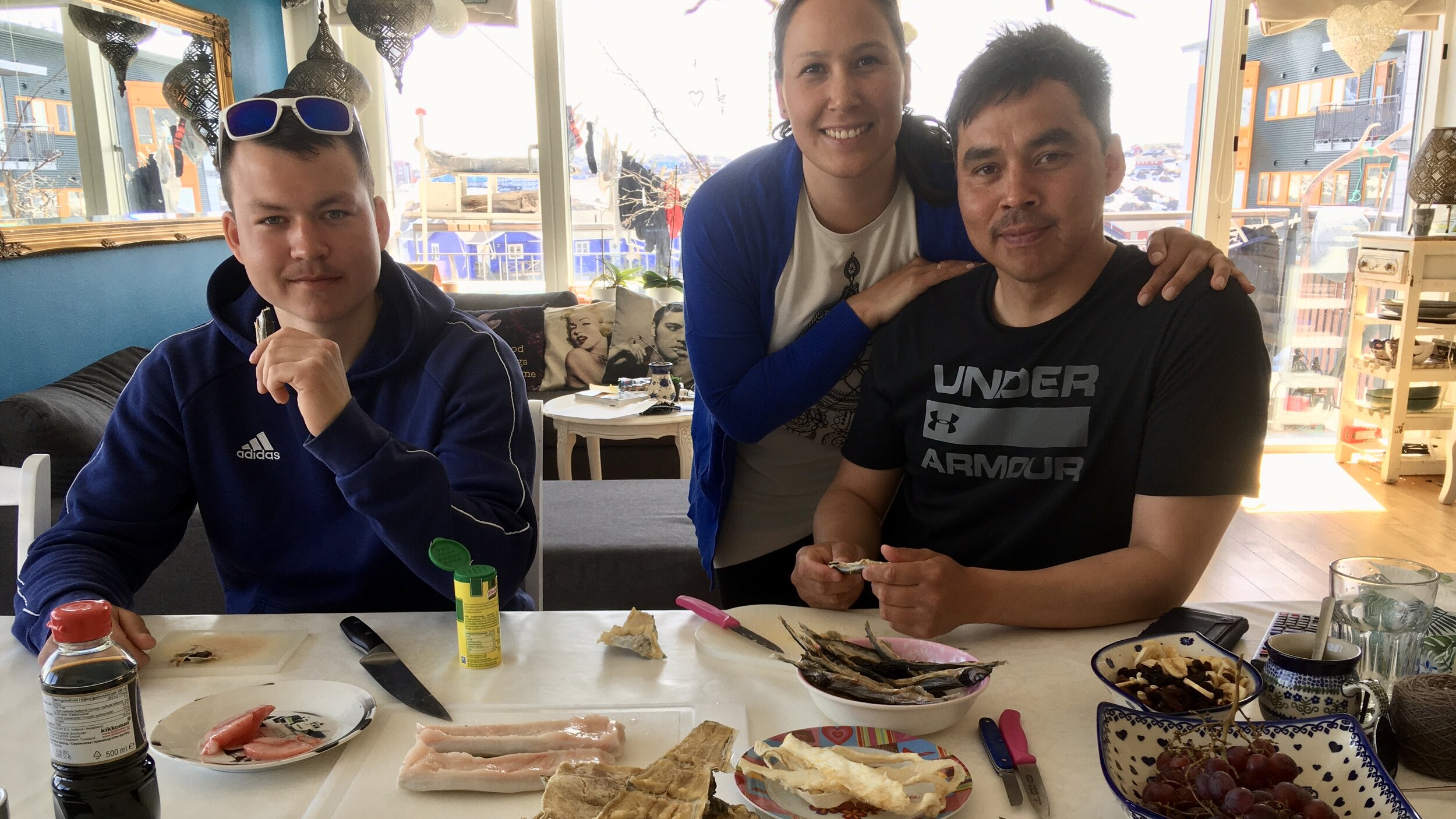
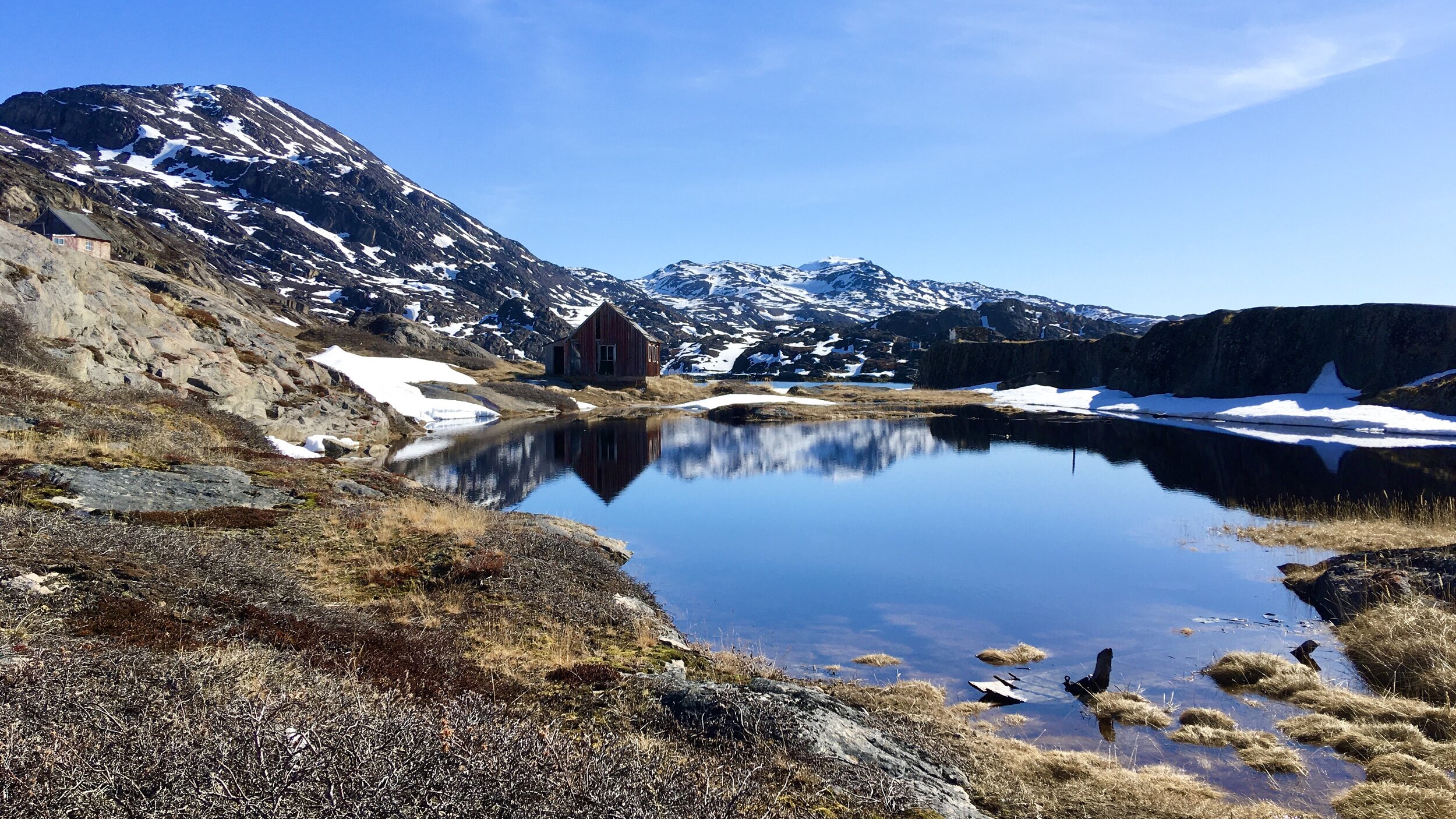
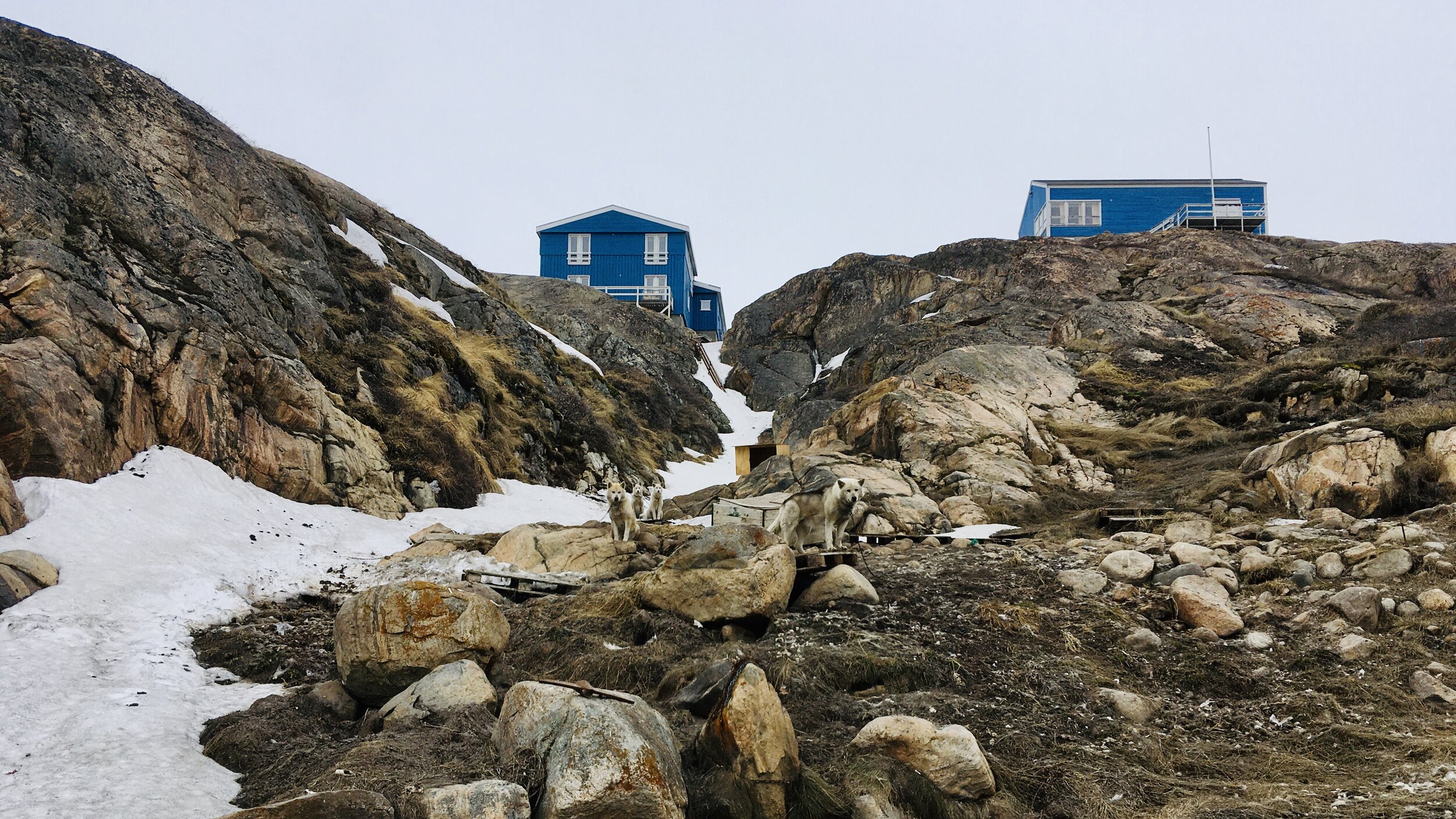
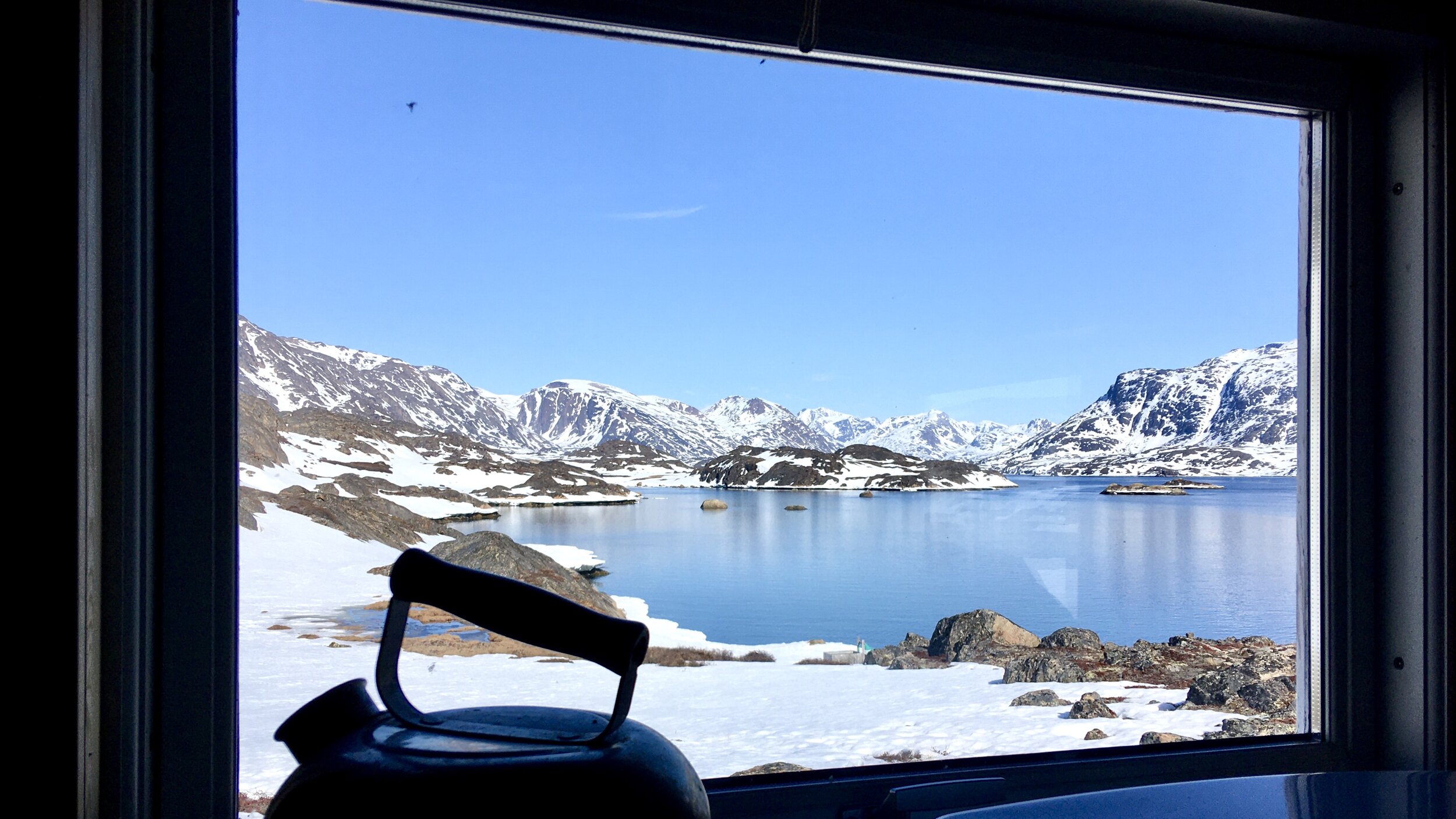
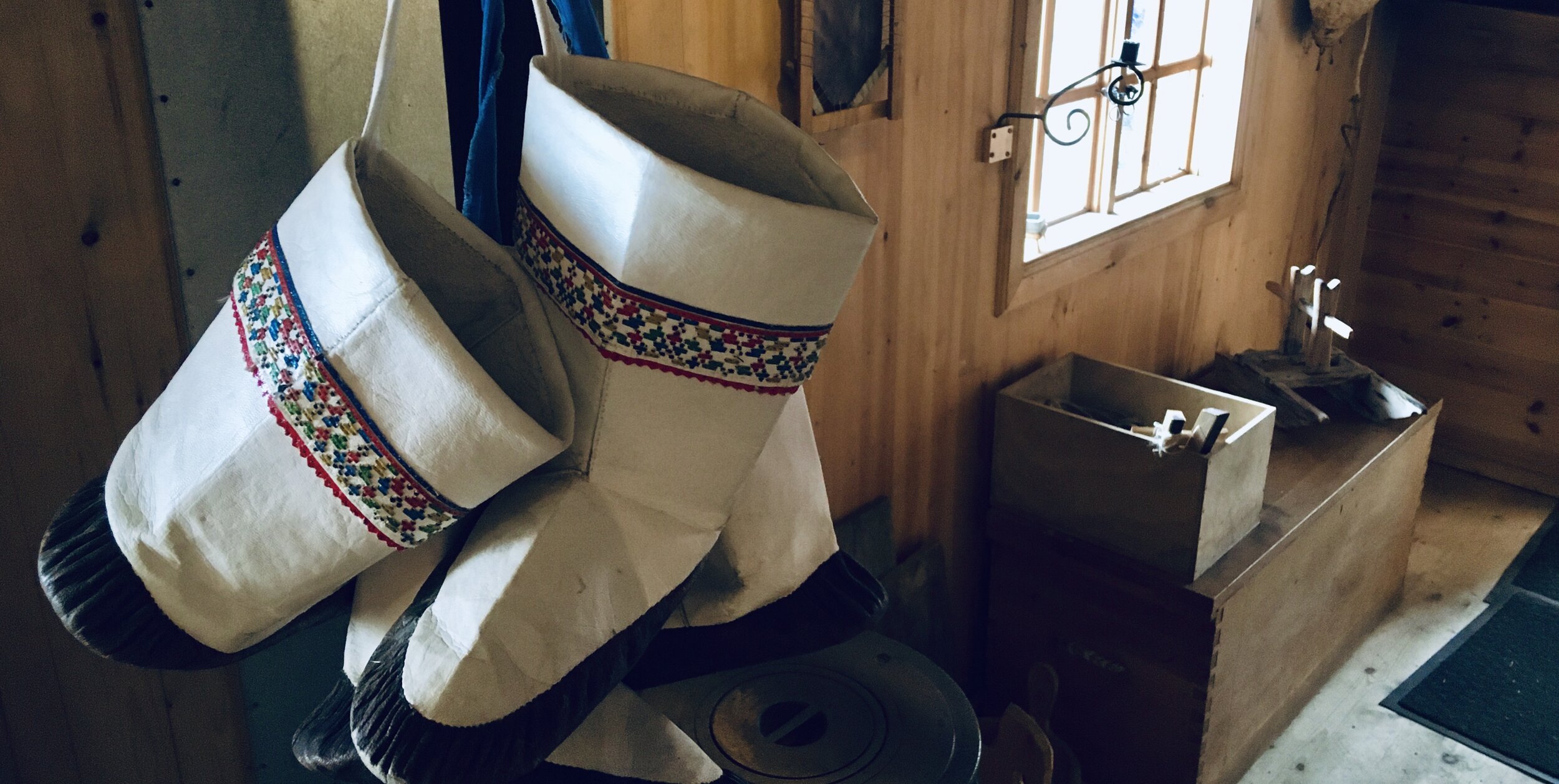
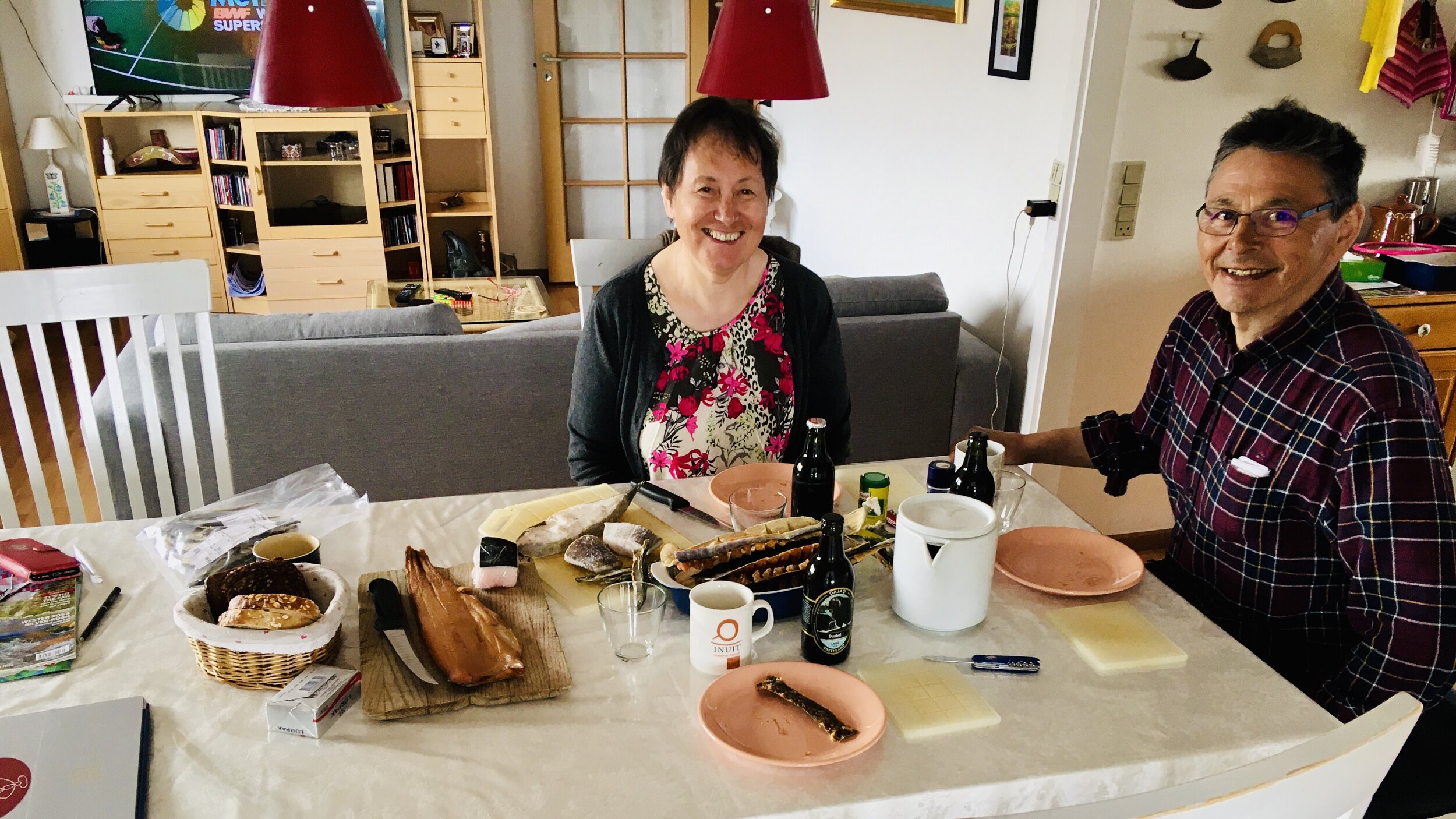
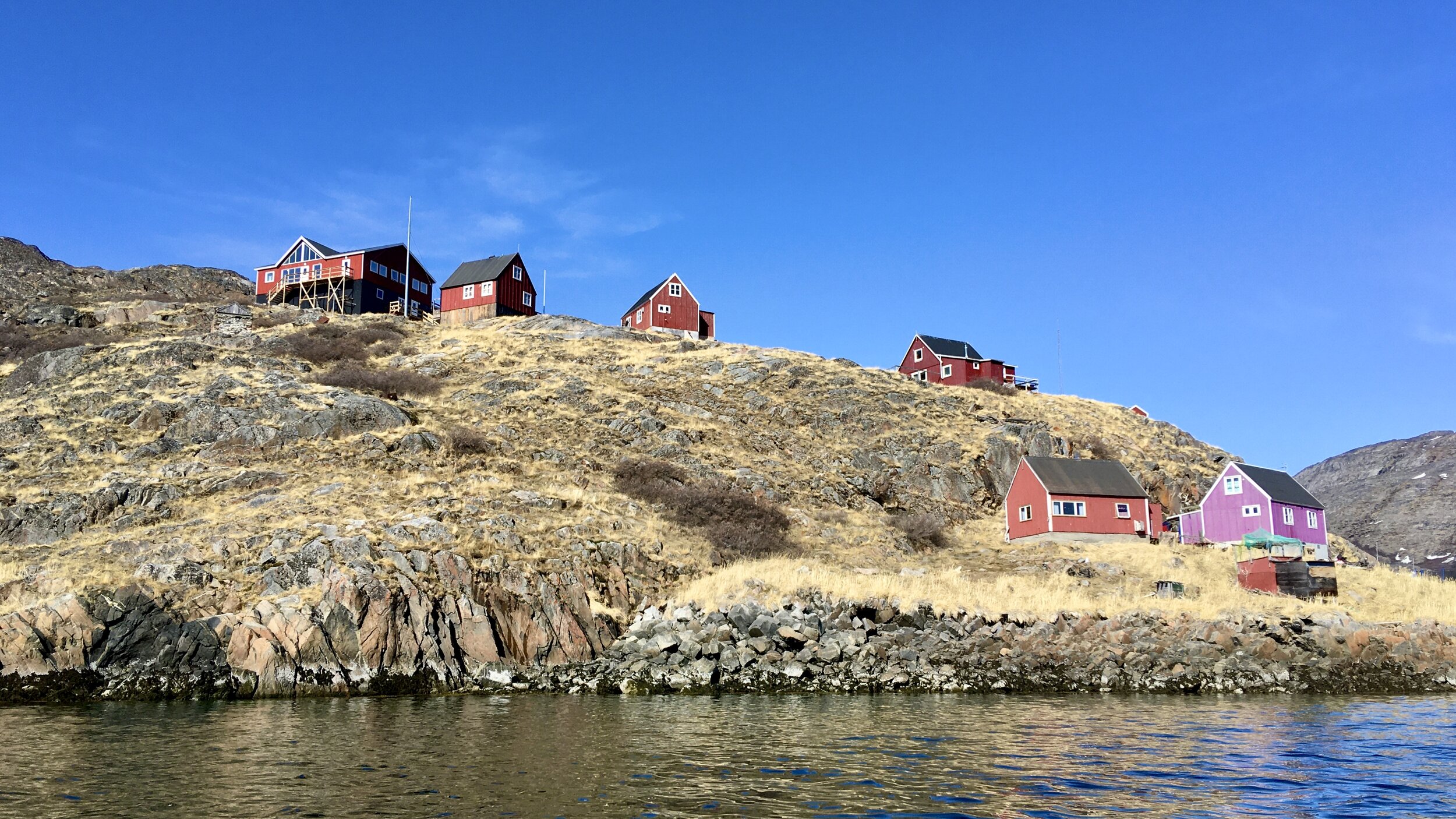

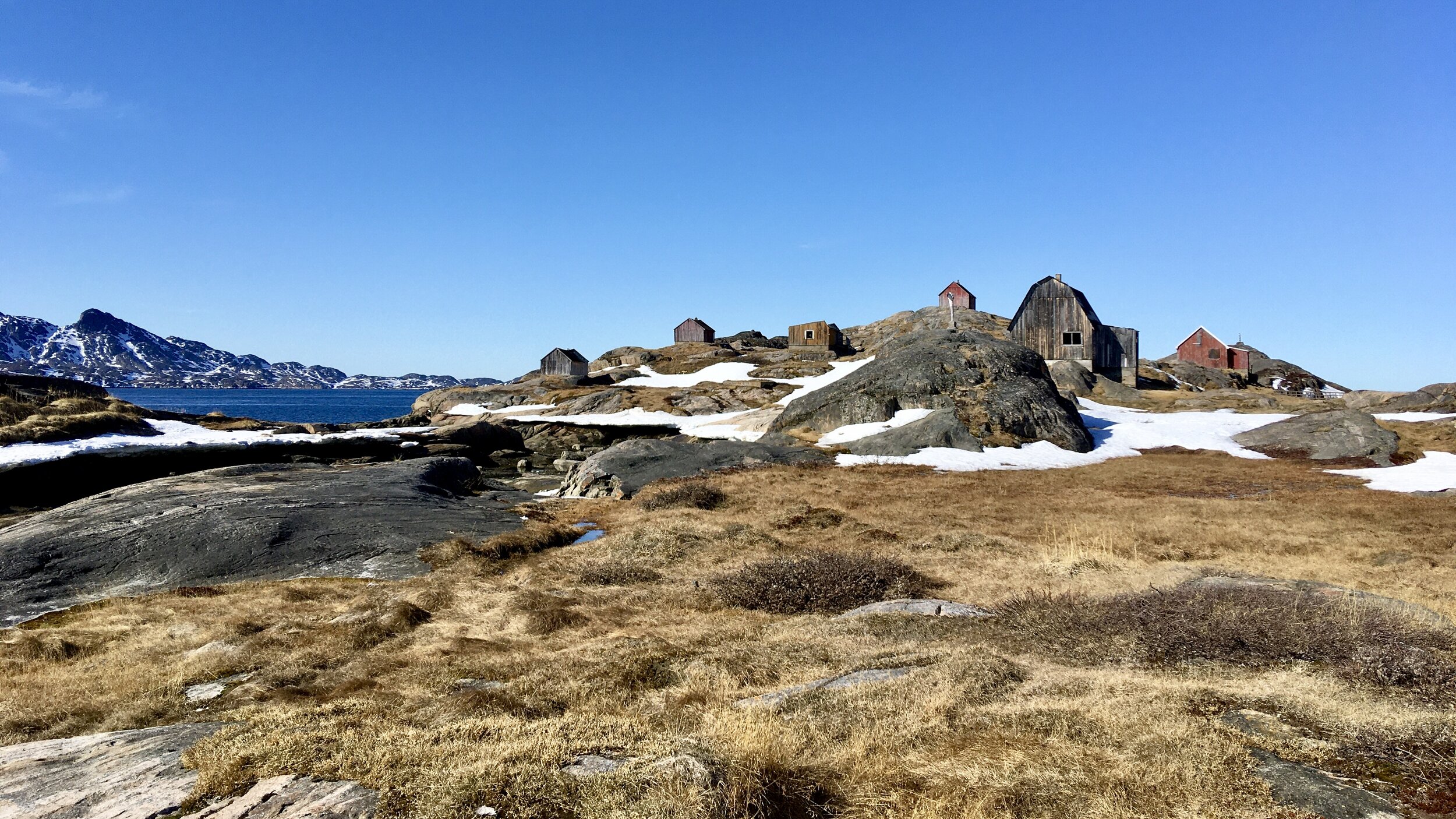
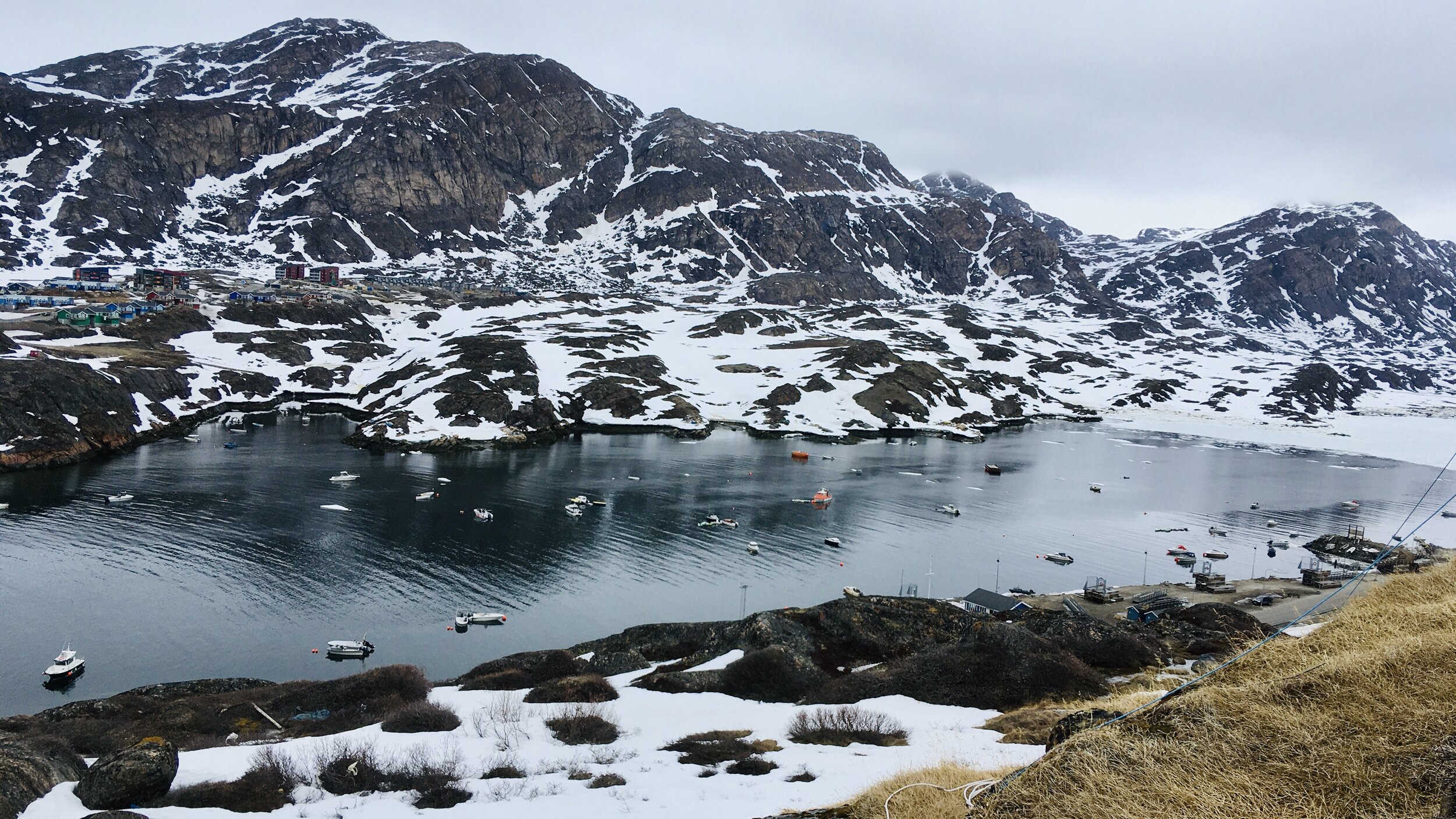
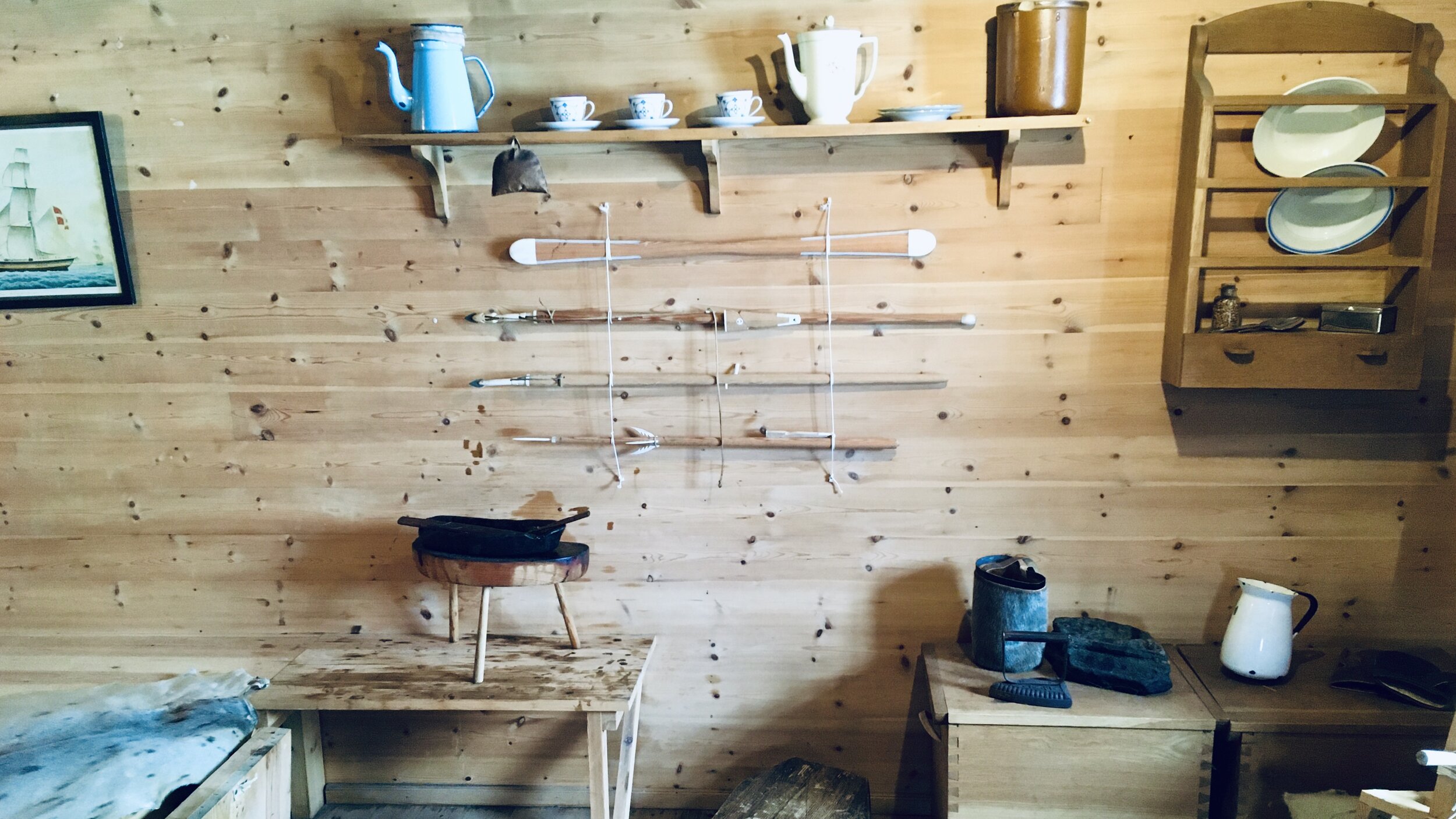
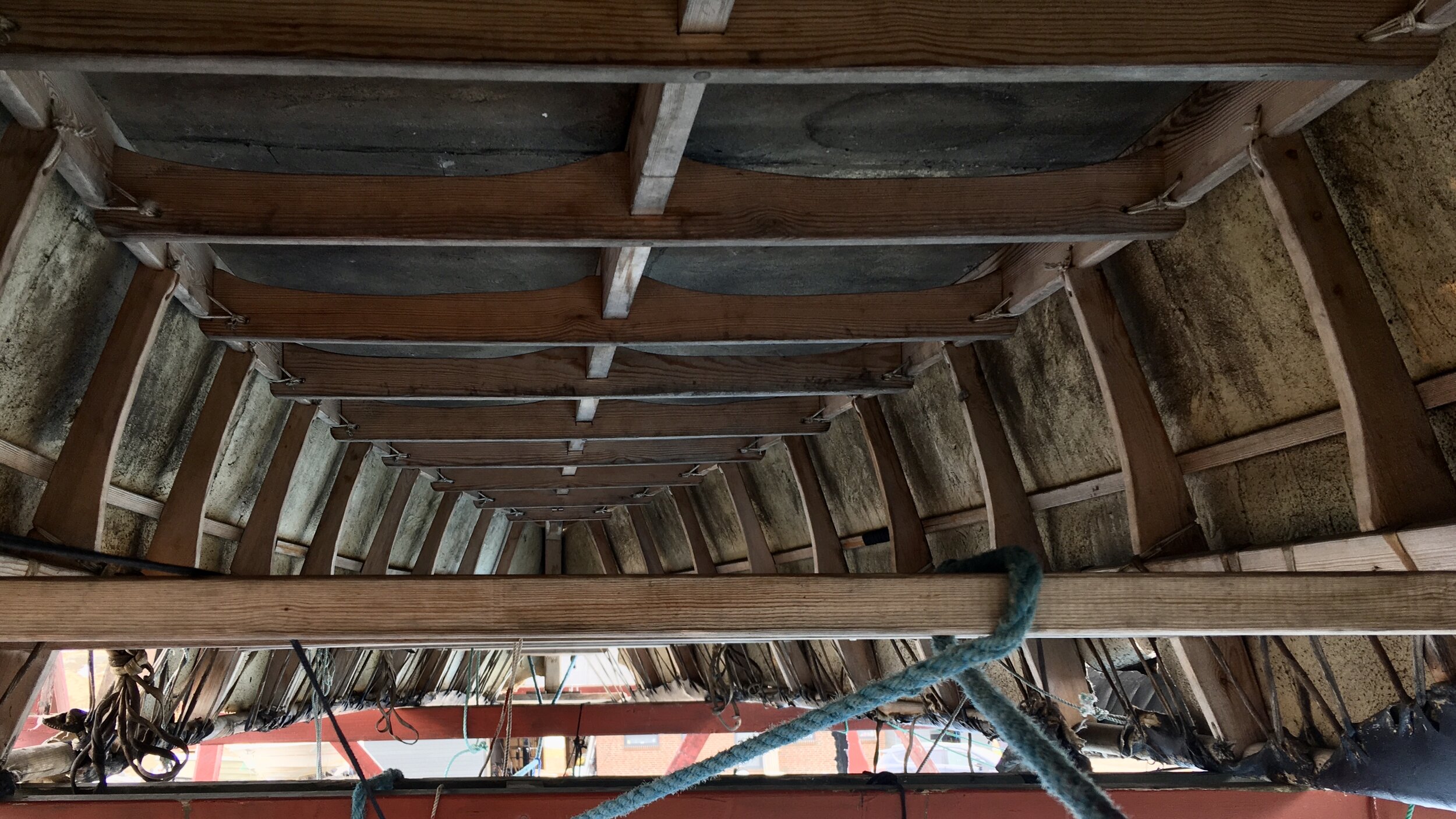
Quyanaqpak iluqavsi, Sisimiut | Qujanarujussuaq tamanut, Sisimiut | Big thanks to everyone in Sisimiut!
This May, this Iñupiaq Inuit from Alaska traveled from Nuuk to Sisimiut, Greenland to learn about local experiences with hunting, fishing, and conservation. We can’t separate nature from culture so that means I met with hunters, fishers, qajaq builders, tour operators, carvers, officials, and land managers. Stay tuned for experiences with hunting, qajaq training, and dog sledding.
Seal Hunting in the Aasivissuit-Nipisat UNESCO World Heritage Site
Aarigaa! I was very happy to make a new friend who offered to let me shadow him while seal hunting in the Aasivissuit-Nipisat UNESCO protected area that roughly spans from Sisimiut to Kangerlussuaq - my dream! The protected area itself has been set aside to preserve the unique cultural heritage of the area and supports the continuation of hunting and fishing, though there are many existing professional, seasonal, and equipment regulations that are present throughout the municipality.
The ice had fully broken up in the fjord. My friend was going to see if he could spot any small seals in the fjord system, though I had also been told that it was a little early in the season as they were expected to still be journeying across the Davis Strait and down the coast from north Canada, where they winter.
We left at 09:00 and journeyed south and east out of Sisimiut and through the middle of the fjord. On the way into the fjord, we stopped at the abandoned settlement of Assaqutaq where some fishing nets had been left out on buoys. While Brian drove, he was constantly on the lookout for seals, but we didn’t spot any marine mammals in the morning. Leaving Assaqutaq, we continued through the middle of the fjord, stopping occasionally for information through the radios. I could understand enough to know that the folks in the boats were communicating to each other about where the animals are or might be. We drove for several hours and finally stopped for a lunch at the end of the fjord where the glacial melt turns the water bright turquoise. Brian told me from this location you could hunt muskox and caribou if travelling by boat and walking inland. There were a handful of cabins on the way into the fjord on either side, numbering likely no more than 25 that I saw. Many of the houses had their ‘drying stations’ out, a mesh-enclosed space where the meat and fish are dried and cured, and the seagull eggs may be kept.
On the way back out of the fjord, we stopped at Sarfinnguit, a small settlement of 100+ people within the protected area, where we happened to meet another hunter we knew who invited us to visit a woman and her family in town who hunt and fish in the area. We sat down to eat traditional Greenlandic foods at the sunny picnic table on their deck. We had tuttu qaunnaq (tuttu tunnit – caribou fat), sisuaq maktak (qilaluga mattak – beluga skin and fat), minke paniqtaq (dried minke meat), cod paniqtuq (dried cod), tuttu paniqtaq (dried caribou meat), and natchiq liver (seal liver). They had harvested and prepared all of this food by themselves. All of these are at least seasonally available in the area, and they must be proficient to hunt and catch each of these items. Sarfannguit even has its own Royal Greenland factory the size of a normal house near the harbor.
Inuit are very perceptive, even when we seem busy with other things. As the woman was cleaning up the table, approximately 50m from the ocean, she suddenly called out that ammassat (capelin) were in the water. Ammassat are quite small, between a few and eight inches, but everyone could easily spot them swimming in thick curls in the water below.
We returned to Sisimiut empty handed but my friend sent me photos of his ammassat catch he got when he went back out later that evening. There truly is a lot of good food on the land and water in this area and I felt so lucky to have learned a little about this special place.
Qajait Connect People to Culture and Landscape
I was also afforded the opportunity to meet with the Qajaq Sisimiut Club down in the harbor. Though no longer used for hunting in the Sisimiut area, qajaq building, training, and paddling continues to be an important means of connecting with culture and landscape. Not many qajait here are built with traditional materials, but they continue to be built in the traditional style. Some people involved in qajaq still learn and compete in harpoon throwing from the qajaq, an essential means of hunting marine mammals in older times in this area, and still an active hunting practice in north Greenland.
Dog Sledding for Subsistence, Tourism, and Trophy Hunting
Dog sledding and trophy hunting is not common in the Alaskan Arctic, so I was very excited to learn as much as possible in Sisimiut. I sought out three female mushers who taught me so much about the mushing culture in Greenland, and how it continues to be strongly connected to subsistence, tourism, and trophy hunting.
Colonial histories and current wildlife regulations are very different between Alaska, Canada, and Greenland. While sled dog culture has been largely wiped out and is slowly recovering in Inuit communities in Alaska and Canada, Greenland has maintained a strong sled dog culture north of Nuuk. In Alaska, the sale of subsistence foods is strictly not allowed, nor is tourism tied to trophy hunting of subsistence species such as walrus, whales, or polar bears. In Greenland, professional hunting, trophy hunting, and tourism provide rural Inuit an opportunity to earn a living through traditional means and supports the continuation of our culture. Arguments can be made in support and in opposition to the current regulations even between Alaska, Canada, and Greenland, but I am open to learning about all of them!
Mushers in Sisimiut seem split by opinion on tourism and trophy hunting, on hunting by snow machines, and on the development of a proposed road connecting Sisimiut and Kangerlussuaq. Some run tours only for sight-seeing, but others also engage in trophy hunting by dog sled, which brings in very good money for the small operators in the region. The proposed road is controversial as on the one hand, it will allow tour operators easier access between Sisimiut and Kangerlussuaq in the summer, but it will also open up for easier hunting of caribou and muskox and potentially disturb their selection of preferred life-cycle habitat. Many mushers are operating both in Sisimiut and Kangerlussuaq at different times of the year and it could allow them easier access between the two. Like many places in the Arctic, development is often juxtaposed again traditional livelihoods. I’ll be curious to see how the road moves forward and how it impacts’ people’s decisions to hunt my sled dog or snow machine.
Thanks again to everyone who made my trip to Sisimiut so special. I learned a lot! Takuss!



